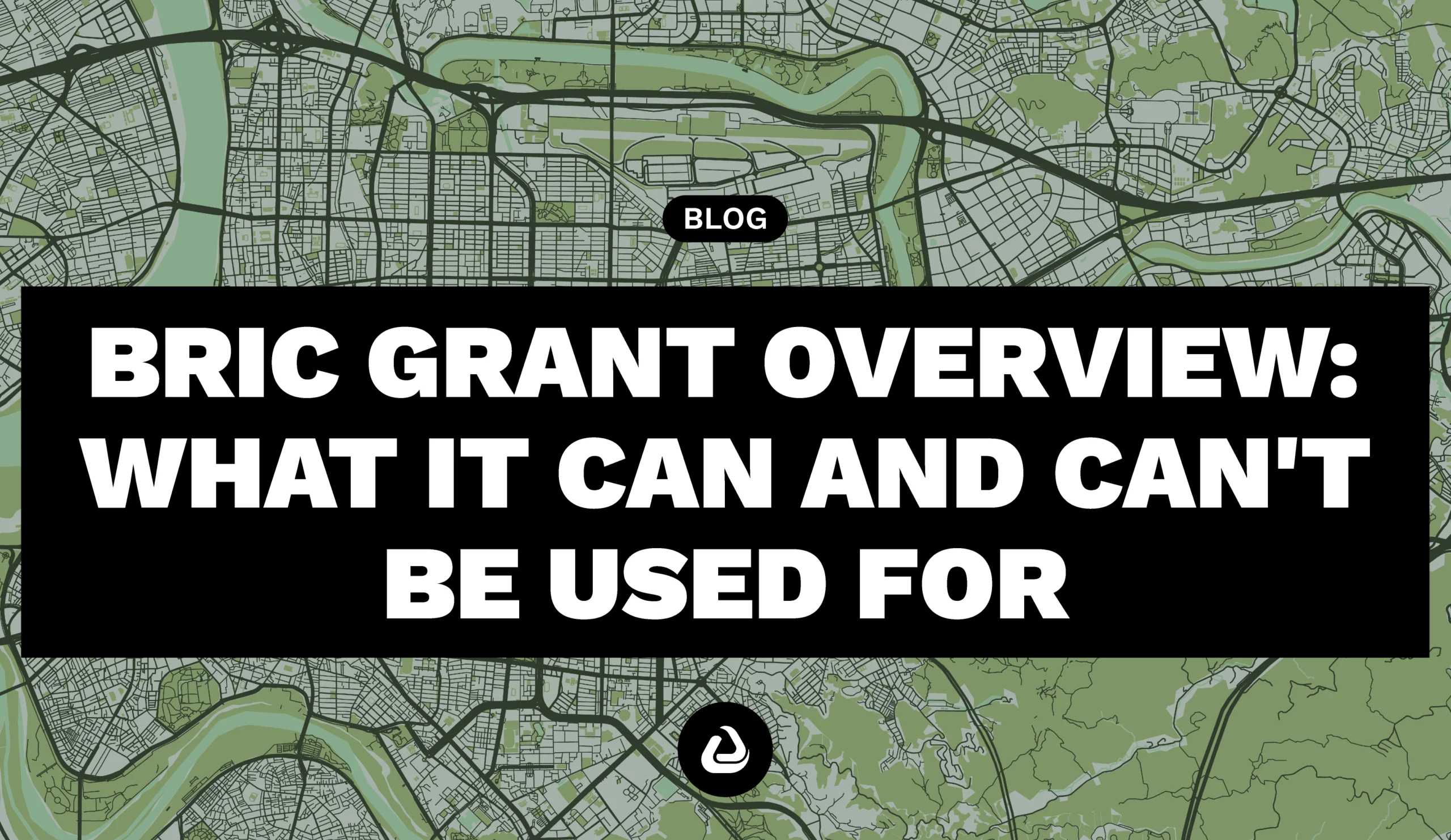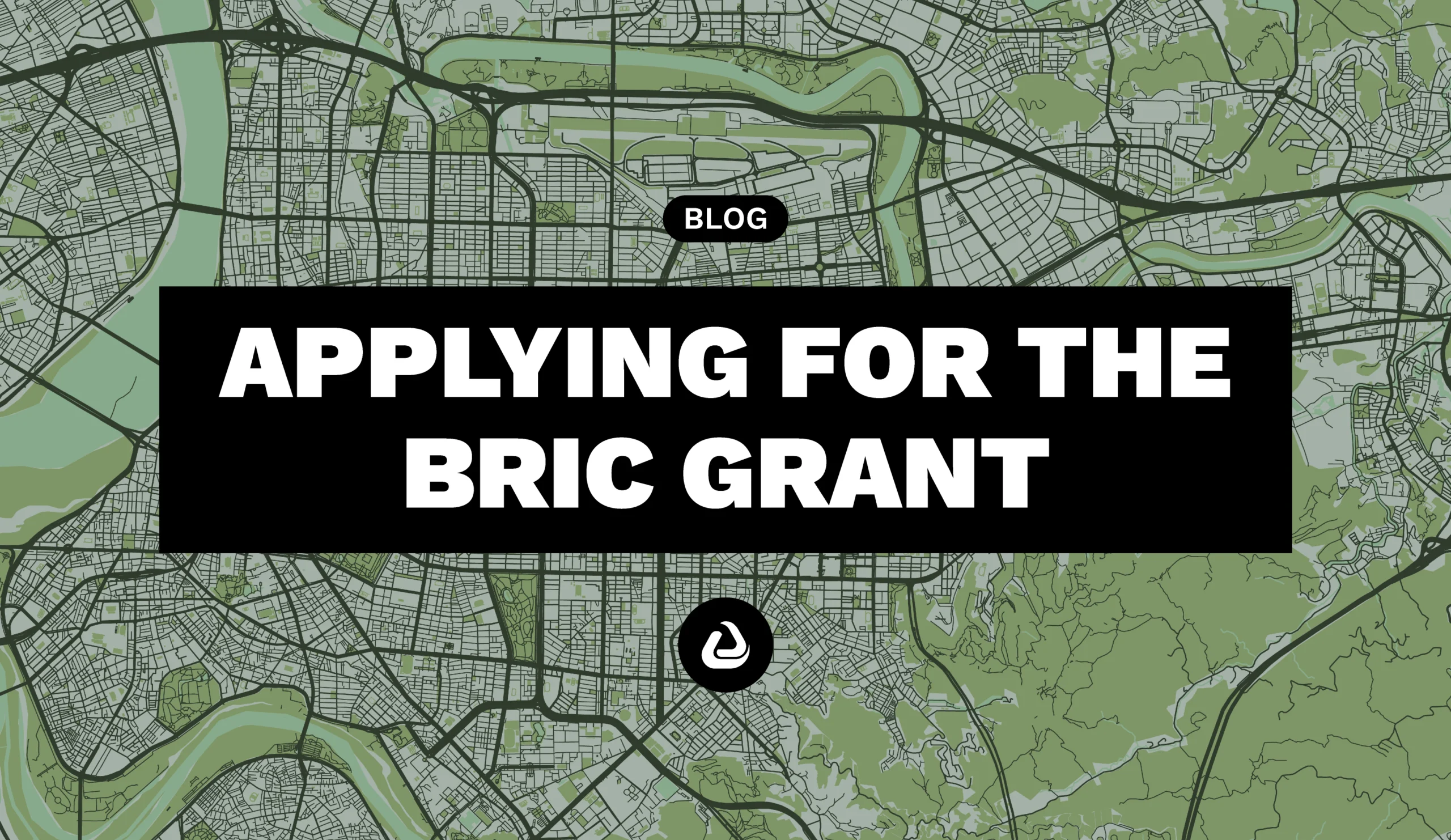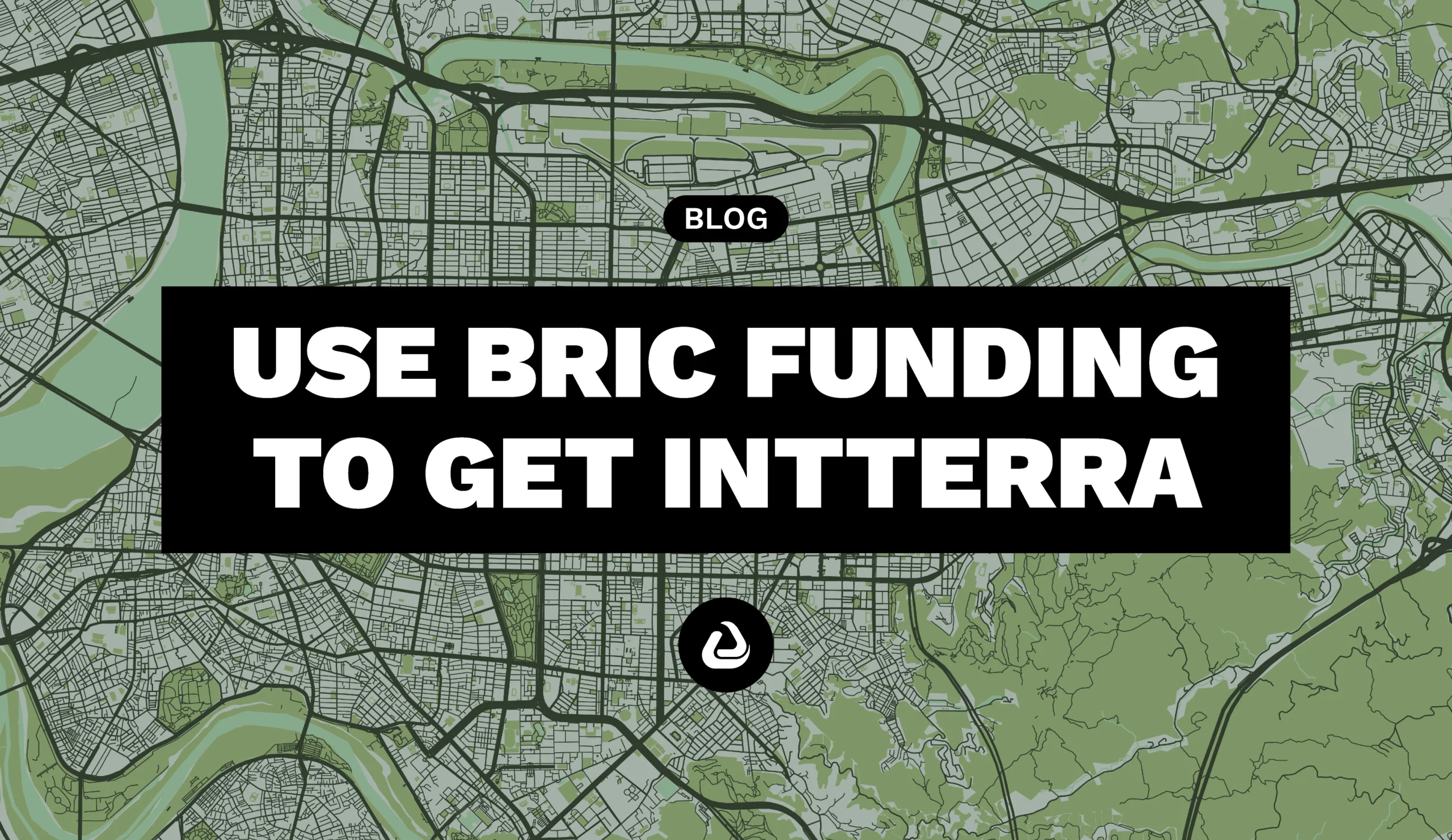Introduction
The Building Resilient Infrastructure and Communities (BRIC) grant, spearheaded by the Federal Emergency Management Agency (FEMA), presents a vital opportunity for fire industry professionals to bolster their response to climate change and natural disasters. Emphasizing the urgent need for hazard mitigation and climate resilience, the BRIC grant propels a shift from reactive to proactive disaster preparedness. It offers a comprehensive toolkit for enhancing infrastructure, planning, and technological adoption, thereby playing a pivotal role in reducing disaster risks and fostering a culture of preparedness. As we delve into the BRIC program, this post aims to guide fire industry professionals in integrating the grant into their strategies, highlighting its scope, eligibility, and application process, and demonstrating how it can drive impactful investments for a safer, more resilient future.

BRIC Grant Overview: What It Is and What It Can Be Used For
The Building Resilient Infrastructure and Communities (BRIC) grant is a FEMA program designed to help communities across the United States enhance their resilience to natural disasters and climate-related hazards. Here’s a quick checklist to understand what the BRIC grant is and what it can be used for.
What BRIC Grant Is
- A Federal Program: Aimed at supporting states, territories, tribal governments, and local governments.
- Focused on Hazard Mitigation: Provides funds for activities that reduce disaster risk.
- Promotes Climate Resilience: Addresses challenges posed by climate change and natural hazards.
- Supports Diverse Projects: Funds various types of hazard mitigation activities and infrastructure improvements.
- Includes Capability and Capacity Building: Enhances knowledge and skills for better mitigation assistance.
- Offers Management Costs Assistance: Provides financial support for administrative expenses related to mitigation projects.
What BRIC Grant Can Be Used For
- Infrastructure Improvements: Upgrading critical infrastructure to withstand natural disasters.
- Hazard Mitigation Planning: Developing strategies to address and reduce disaster risks.
- Wildfire Mitigation: Implementing measures to reduce wildfire risks, such as creating defensible spaces.
- Flood Mitigation: Constructing levees, floodwalls, and improving drainage systems.
- Seismic Retrofitting: Strengthening buildings and infrastructure against earthquakes.
- Early Warning Systems: Implementing systems to alert communities about imminent threats.
- Community Education: Conducting outreach programs on disaster preparedness and response.
- Research on Resilience: Funding studies to understand and address local vulnerabilities.
What BRIC Grant Is Not and What It Cannot Be Used For
It’s also crucial to understand the limitations of the BRIC grant to ensure compliance with FEMA guidelines.
What BRIC Grant Is Not
- Not for Immediate Disaster Response: It’s focused on long-term mitigation, not immediate relief efforts.
- Not Unlimited Funding: Has specific budget constraints and funding limits.
- Not Solely for Individual Projects: Prioritizes projects with broader community impact.
- Not Without Application Requirements: Involves an application process with specific criteria.
What BRIC Grant Cannot Be Used For
- Non-Mitigation Activities: Cannot fund activities unrelated to hazard mitigation.
- Operational Expenses: Does not cover ongoing operational or maintenance costs.
- Non-Compliant Projects: Projects not adhering to FEMA guidelines and local regulations.
- Unapproved Costs: Costs that fall outside the scope of the approved grant proposal.

Step-by-Step Guide: Applying for the BRIC Grant
Applying for the Building Resilient Infrastructure and Communities (BRIC) grant, a program by the Federal Emergency Management Agency (FEMA), involves several key steps. This guide will walk you through the process of applying for BRIC funds to support your hazard mitigation activities.
Step 1: Determine Eligibility
- Who’s Eligible: States, U.S. territories, federally recognized tribal governments, and local governments.
- Verify Eligibility: Ensure your organization falls within one of these categories.
Step 2: Understand BRIC Objectives
- Key Focus: Hazard mitigation activities that address risks associated with natural hazards and climate change.
- Objective: Shift from reacting post-disaster to proactive mitigation, enhancing climate resilience and adaptation.
Step 3: Identify Suitable Projects
- Project Types: Look for projects that align with BRIC’s focus, such as infrastructure improvements, hazard mitigation planning, and community education.
- Alignment: Ensure your project promotes climate adaptation and resilience, addressing the increasing intensity and frequency of natural hazards.
Step 4: Develop a Comprehensive Application
- Proposal Preparation: Gather all necessary information, including project details, objectives, budget, and anticipated outcomes.
- Documentation: Ensure your proposal clearly outlines how your project aligns with BRIC’s objectives.
Step 5: Submit Application
- Application Portal: Use FEMA’s designated application portal or system.
- Deadlines: Be aware of and adhere to submission deadlines set by FEMA.
Step 6: Await Evaluation
- Review Process: FEMA evaluates applications based on the program’s objectives and criteria.
- Stay Informed: Keep track of your application status and be responsive to any FEMA queries during the evaluation process.
Step 7: Implement Project if Approved
- Approval Notification: Upon approval, you will receive notification and details about the funding.
- Project Execution: Begin implementing your project according to the plan outlined in your application.
Step 8: Report and Compliance
-
- Reporting Requirements: Comply with FEMA’s reporting requirements throughout the project duration.
- Adherence to Guidelines: Ensure continuous adherence to FEMA guidelines and any conditions attached to the grant.
See how Intterra’s Community Risk Manager easily achieves this for you.
Eligibility and Funding
Understanding the eligibility criteria and funding opportunities of the Building Resilient Infrastructure and Communities (BRIC) grant is crucial for fire industry professionals looking to enhance their disaster mitigation capabilities. The BRIC program, a cornerstone initiative of FEMA, opens doors for a wide range of entities to receive financial support for their hazard mitigation efforts.
Eligibility for the BRIC grant extends to states, U.S. territories, federally recognized tribal governments, and local governments. This inclusive approach ensures that a diverse array of organizations can access the resources they need to address the challenges posed by natural disasters and climate-related hazards. For fire industry professionals, this means that whether they are part of a local government entity or a specialized fire department, they have the opportunity to apply for and benefit from the BRIC program.
The types of activities funded by the BRIC grant are diverse and tailored to meet the unique needs of communities in building resilience. These include Capability and Capacity-Building activities, which are designed to enhance the knowledge, skills, and expertise of the workforce. Such activities cover a range of sub-categories like building codes, partnerships, project scoping, hazard mitigation planning, and planning-related activities. These are particularly relevant for fire industry professionals as they directly contribute to improving the administration of mitigation assistance and enhancing overall preparedness.
In addition to funding specific mitigation projects, the BRIC grant also provides financial assistance for management costs. This includes reimbursing eligible and reasonable indirect costs, direct administrative costs, and other administrative expenses associated with a specific mitigation measure or project. For the total grant award, up to 15% can be allocated for these management costs, with a maximum of 10% used by the recipient and 5% by the subrecipient. This aspect of the funding is significant as it acknowledges the administrative and operational expenses involved in implementing and managing hazard mitigation projects.
By understanding the eligibility and funding specifics of the BRIC grant, fire industry professionals can strategically plan and apply for financial support that aligns with their goals of enhancing community safety and resilience. The BRIC program not only provides the necessary financial assistance but also fosters a collaborative environment for developing innovative solutions to mitigate hazard risks.
Important Deadlines
- Expression of Interest Forms Deadline: January 8 – February 15, 2024. This period is for volunteers to submit forms to participate in the virtual panels that determine how subapplications meet BRIC qualitative evaluation criteria.
- FEMA Application Deadline: February 29, 2024. This is the deadline for the State, as the applicant, to submit its complete package of sub-applications to FEMA. Entities seeking grant consideration must adhere to their State’s submission process and deadlines.
- Local Government Deadlines: It is important for local governments to consult with their state, tribal, or territorial agency to confirm specific deadlines for submitting subapplications, as these may vary and be earlier than the FEMA deadline.
- Virtual Panels for BRIC National Review: April 8 – May 3, 2024. These panels, which will be conducted virtually, are part of the review process for subapplications.

Conclusion
The BRIC grant represents a significant opportunity for fire chiefs and directors to enhance their community’s resilience against fires and other natural disasters. By understanding the grant, preparing a compelling application, and engaging with the community, fire departments can secure the funding they need to protect their communities more effectively. Let’s work together to build a safer and more resilient future.
When you use your BRIC funding with Intterra, you get-
- Data-Driven Decision Making: Intterra provides real-time data and analytics, which are crucial for hazard mitigation planning—one of the key activities funded by the BRIC grant. This capability aligns with BRIC’s emphasis on proactive measures to reduce disaster risk.
- Advanced Mapping Tools: Intterra’s advanced mapping tools offer critical insights for infrastructure improvement projects. These tools can be instrumental in planning and implementing BRIC-funded projects that aim to upgrade and fortify critical infrastructure against natural disasters.
- Efficient Response Strategies: Intterra enhances the efficiency of response strategies to wildland fires. This is particularly relevant to BRIC’s focus on wildfire mitigation, as it supports creating defensible spaces and improving firefighting capabilities—activities that can be funded by the grant.
- Coordinated and Informed Approach: The integration of Intterra’s solutions ensures a more coordinated and informed approach to managing wildland fires. This complements BRIC’s goal of fostering a culture of preparedness and resilience at the local level.